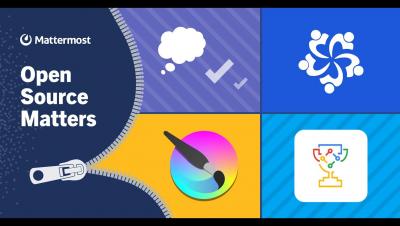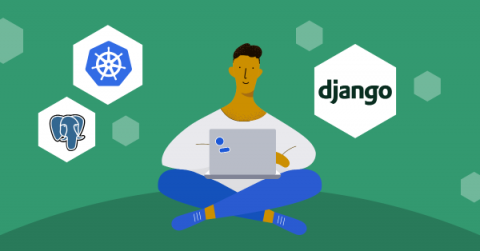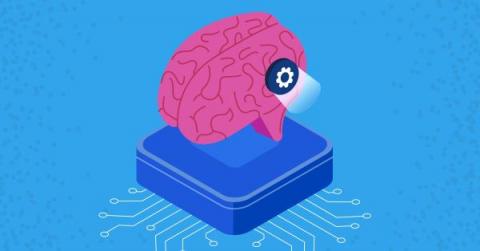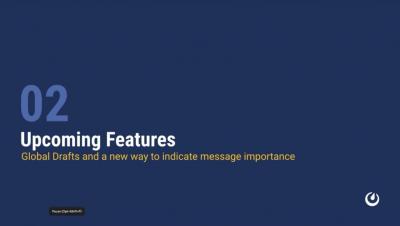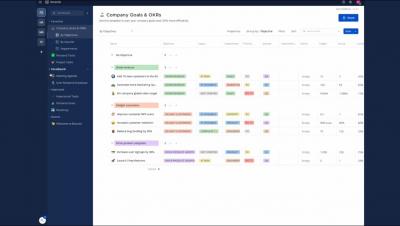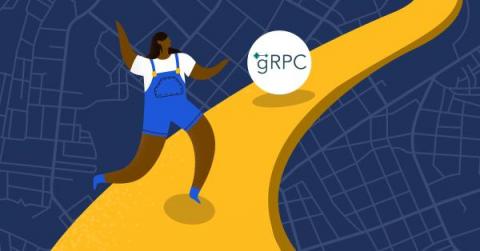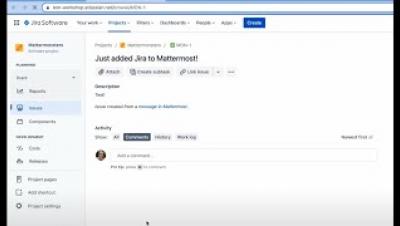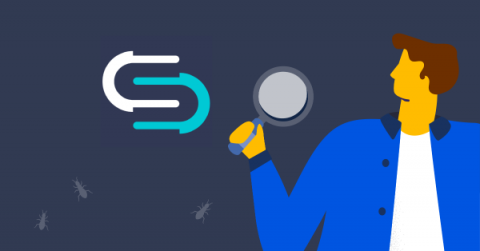Operations | Monitoring | ITSM | DevOps | Cloud
Mattermost
From checklist to playbook: Creating structure for your processes
Playbooks aim to be a super-powered checklist for repetitive tasks. Before you can get to the “super-powered checklist,” though, you need to identify the process that you’ll use to build your first playbook and create a structured process as a Playbook checklist. Let’s go on that journey today.
How to Orchestrate your Django application with Kubernetes
Do you have an application built with Django and PostgreSQL that you’d like to run on Kubernetes? If so, you’re in luck! In this tutorial, you’ll learn how to orchestrate your Django application with Kubernetes. Since we’re working with multiple microservices, it can be difficult to ensure all parts work together. This tutorial will demystify all that.
Mattermost v7.4 is now available
Mattermost v7.4 is generally available today. The following new features are included (see changelog for more details).
How AIOps enhances operational efficiency
Digital data is everywhere, and its sheer volume and ambiguity often make it challenging for us humans to analyze. That’s why we use a special branch of AI called artificial intelligence for IT operations (AIOps) to reveal the deeper structure of copious data. AIOps sits at the intersection of big data and machine learning to improve the efficiency of IT operations.
Mattermost Channels Roadmap Updates | v7.3
Mattermost Boards Roadmap Updates | v7.2.1
An Introduction to gRPC
gRPC is an inter-process communication protocol used in high-performance applications in cloud computing, Internet of Things (IoT), mobile computing, and microservices environments. This article examines how gRPC works, how to use it, and how it compares to other popular API architectures. It also discusses a unique use case where gRPC excels.
How to be a Jira and Mattermost power user
OpenAPI testing with Schemathesis and Golang
When you maintain an internal or public-facing API, the API documentation is an important component of the overall user/developer experience. One of the industry standards for such documentation is the OpenAPI specification. With an OpenAPI specification, you define a contract that specifies how your API should behave, but nothing stops the parties involved from breaking such a contract (e.g., using a wrong implementation or invalid input).


